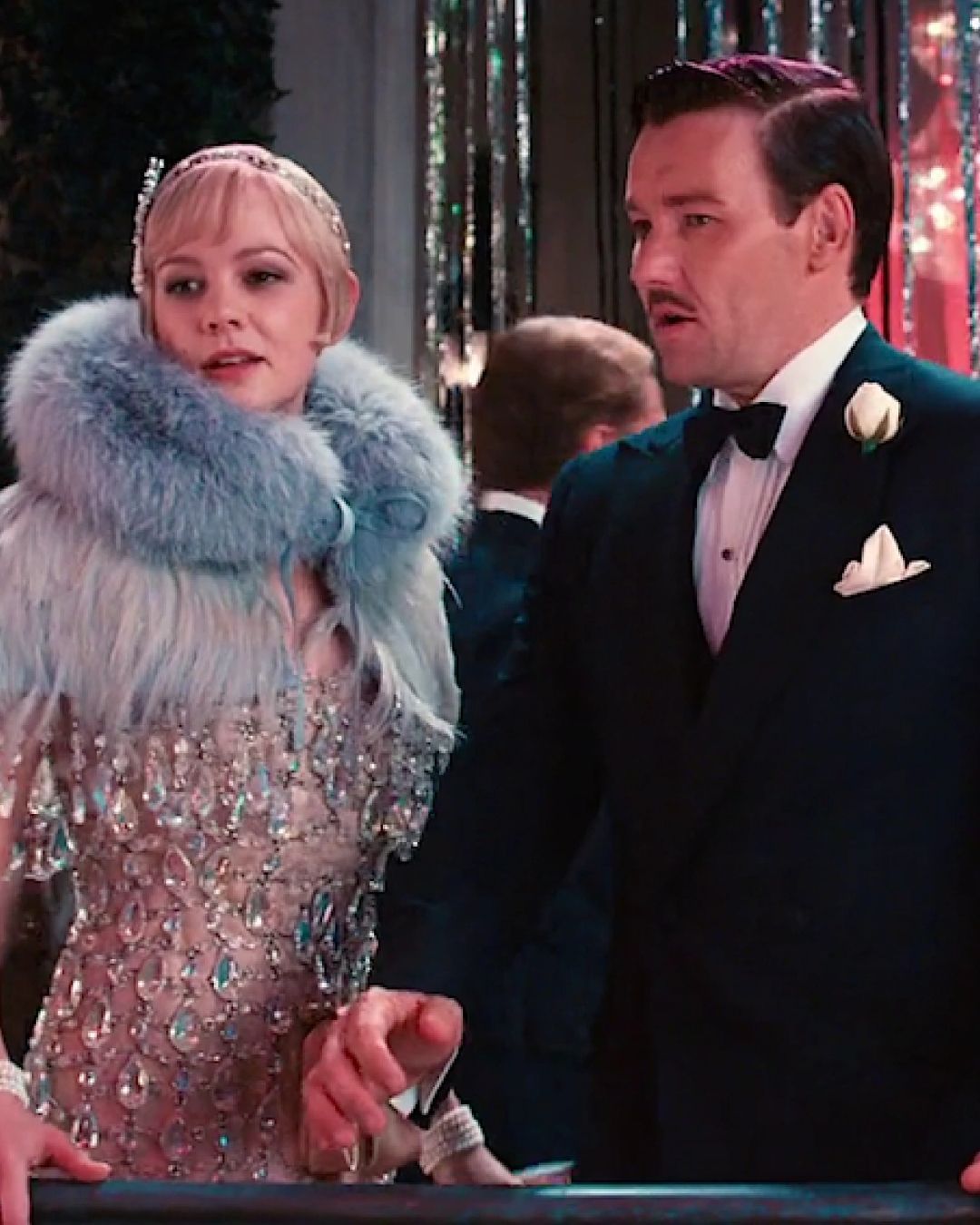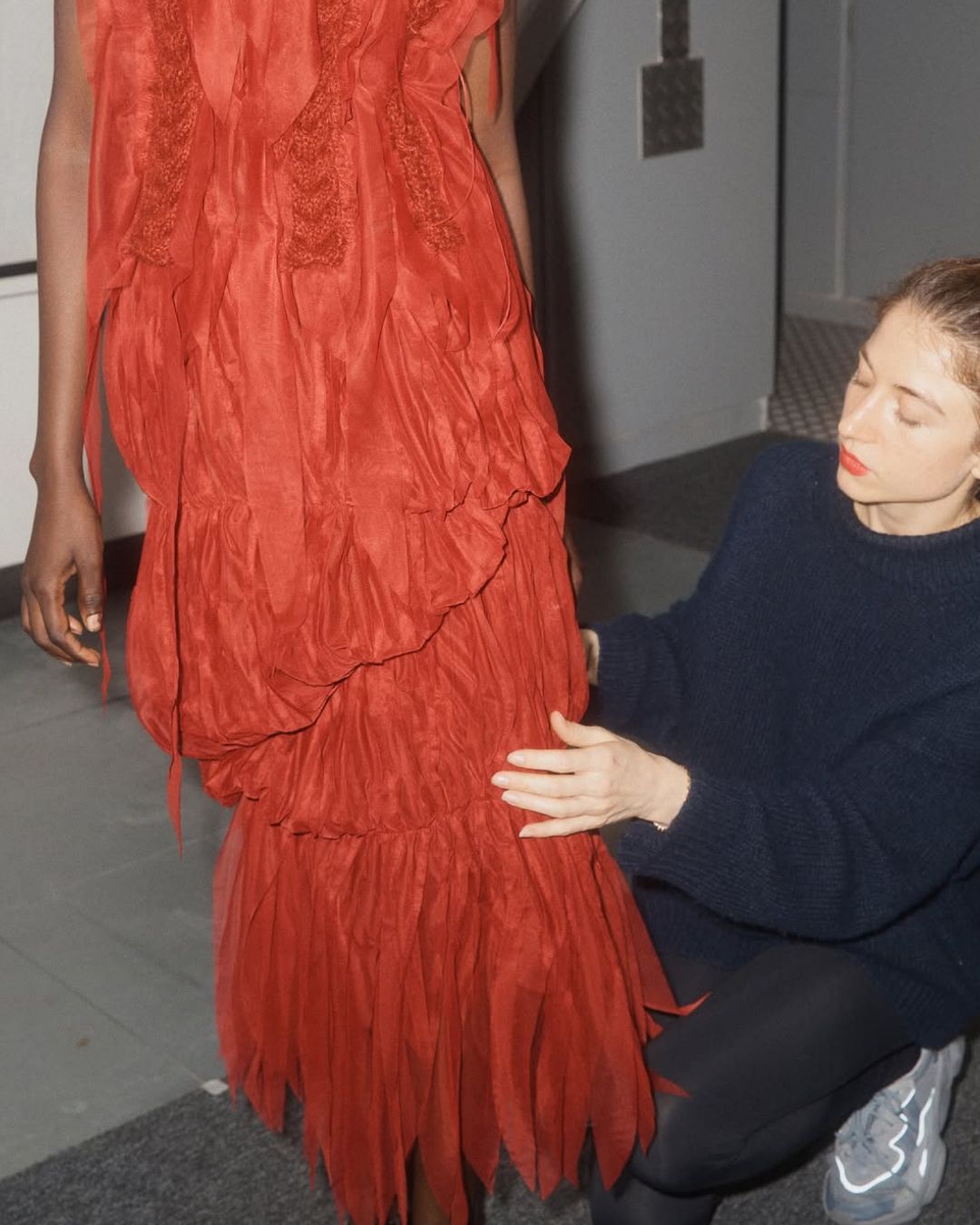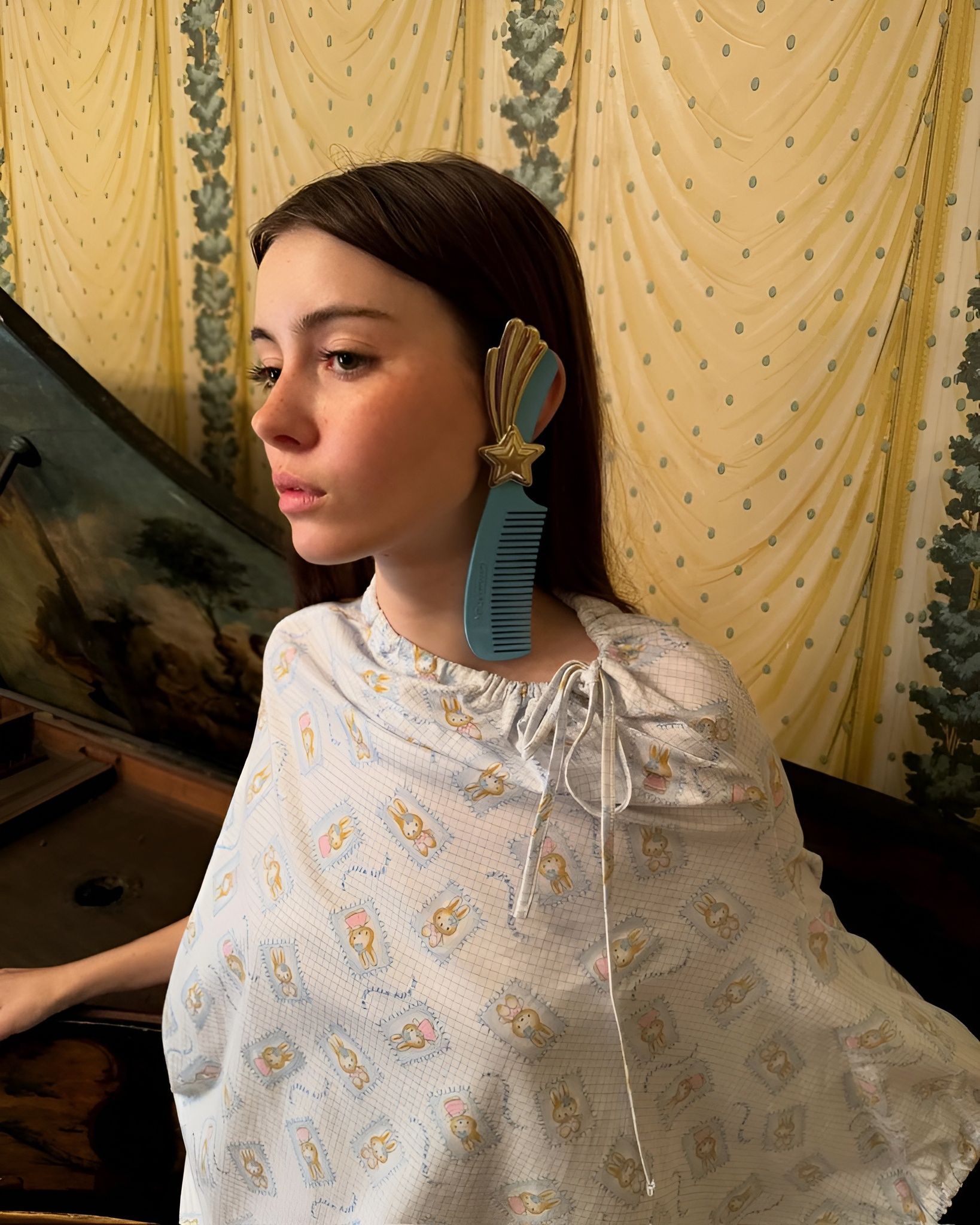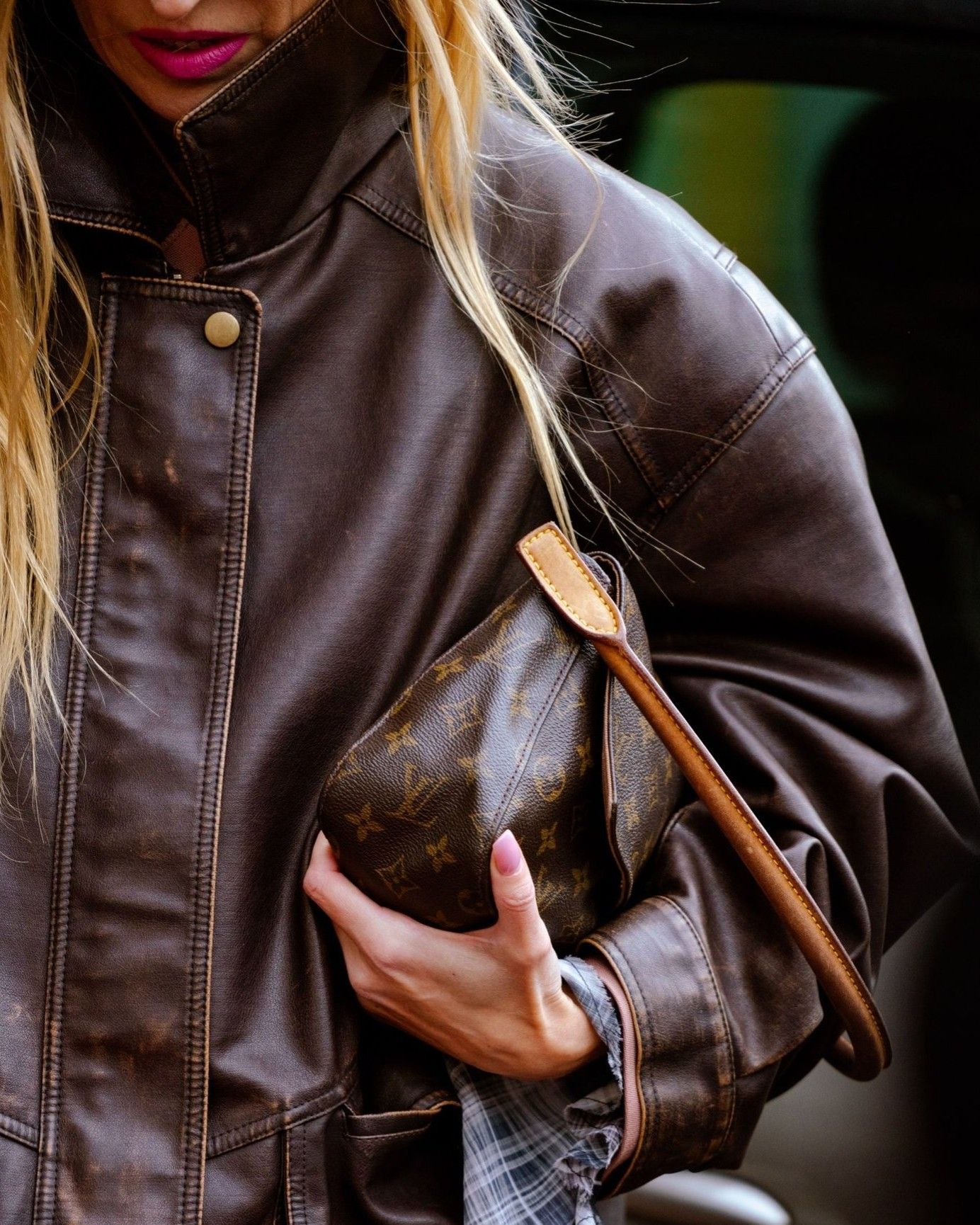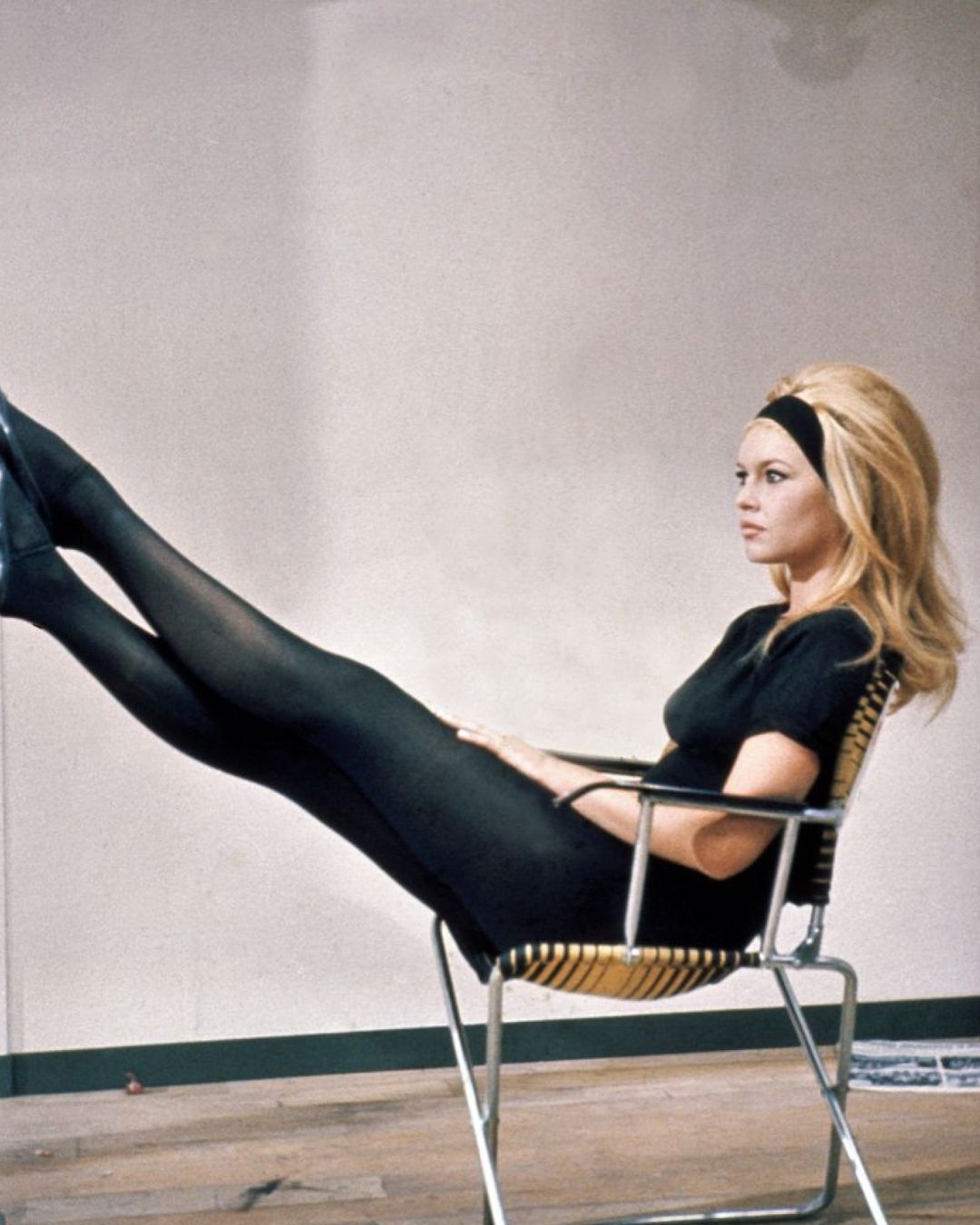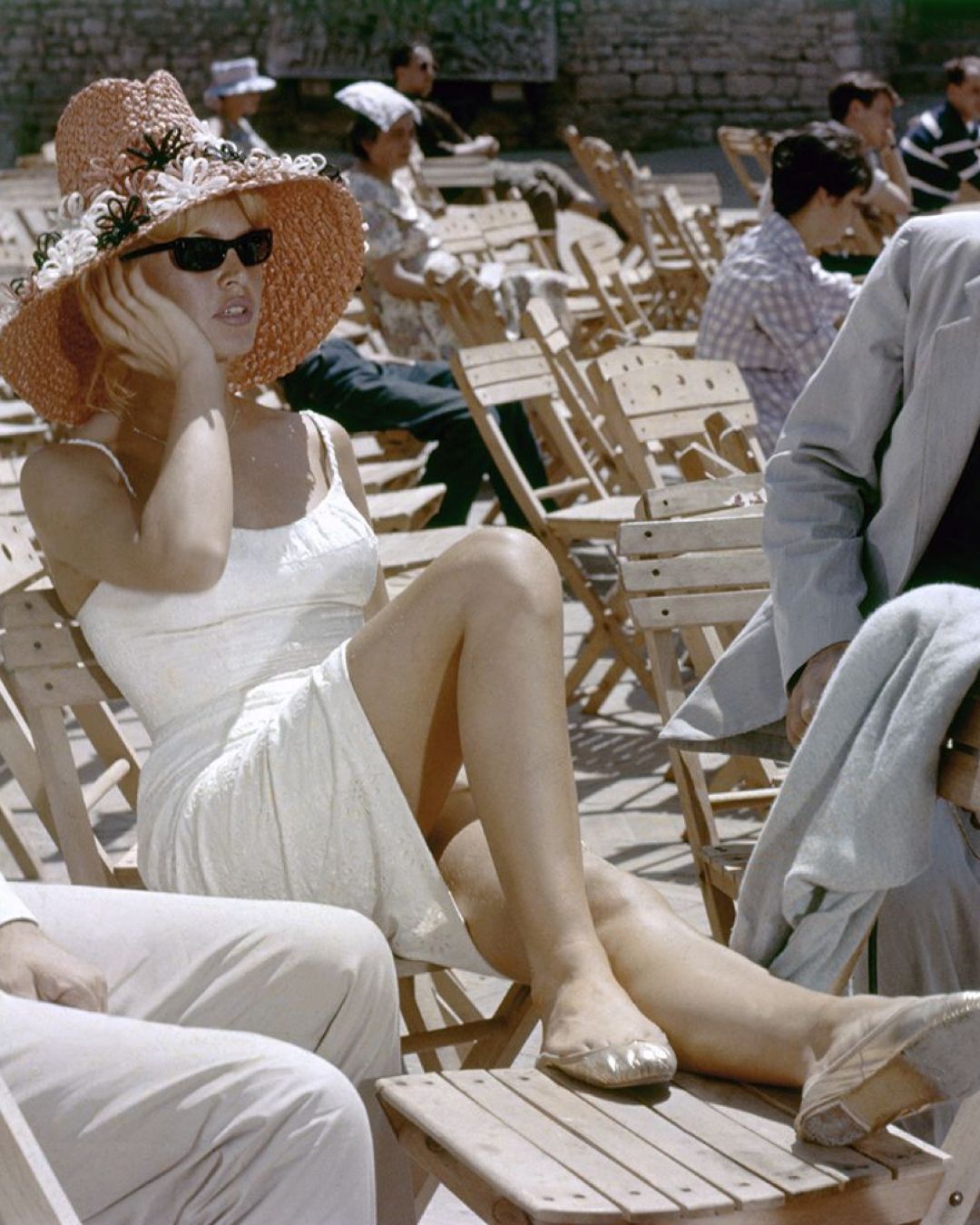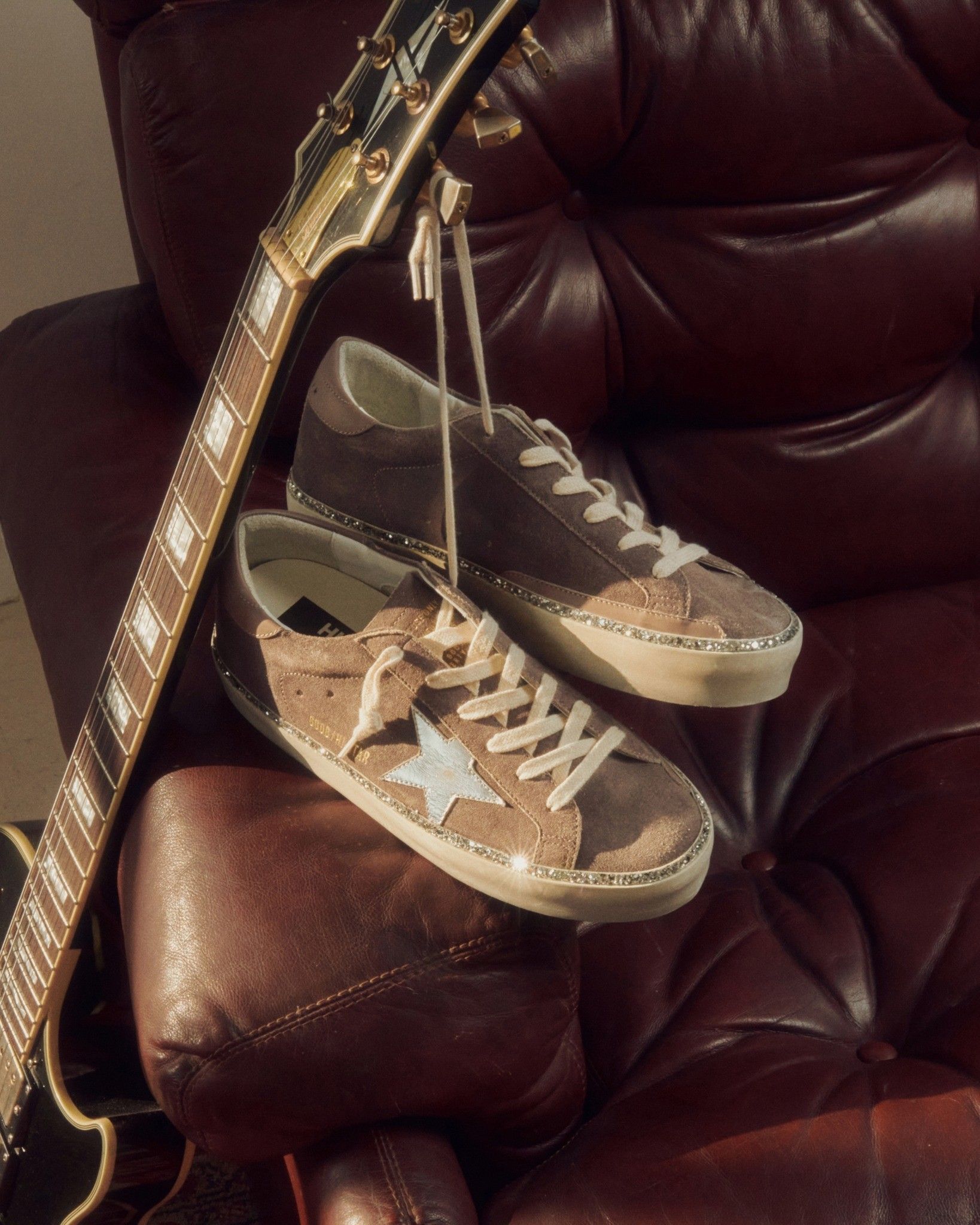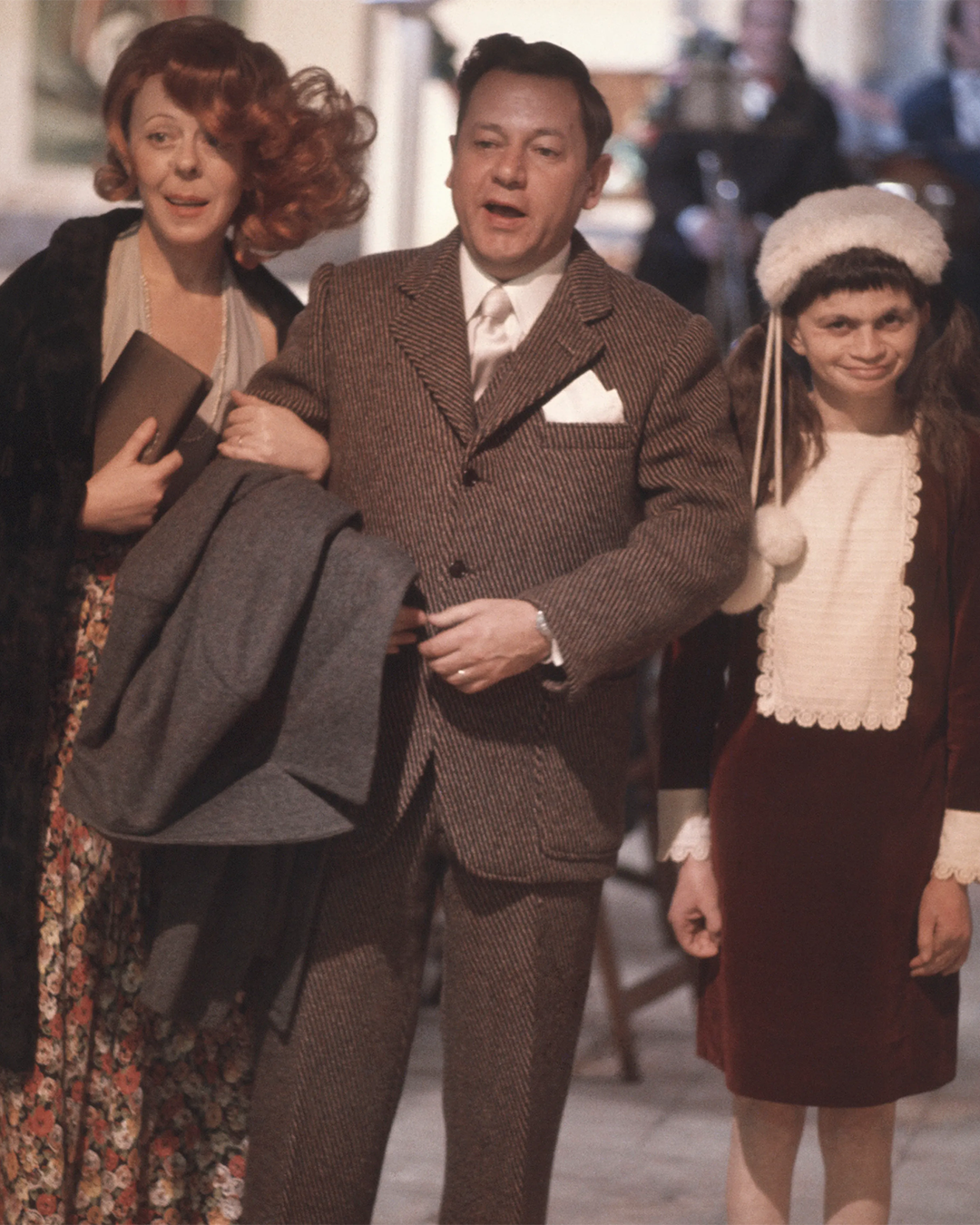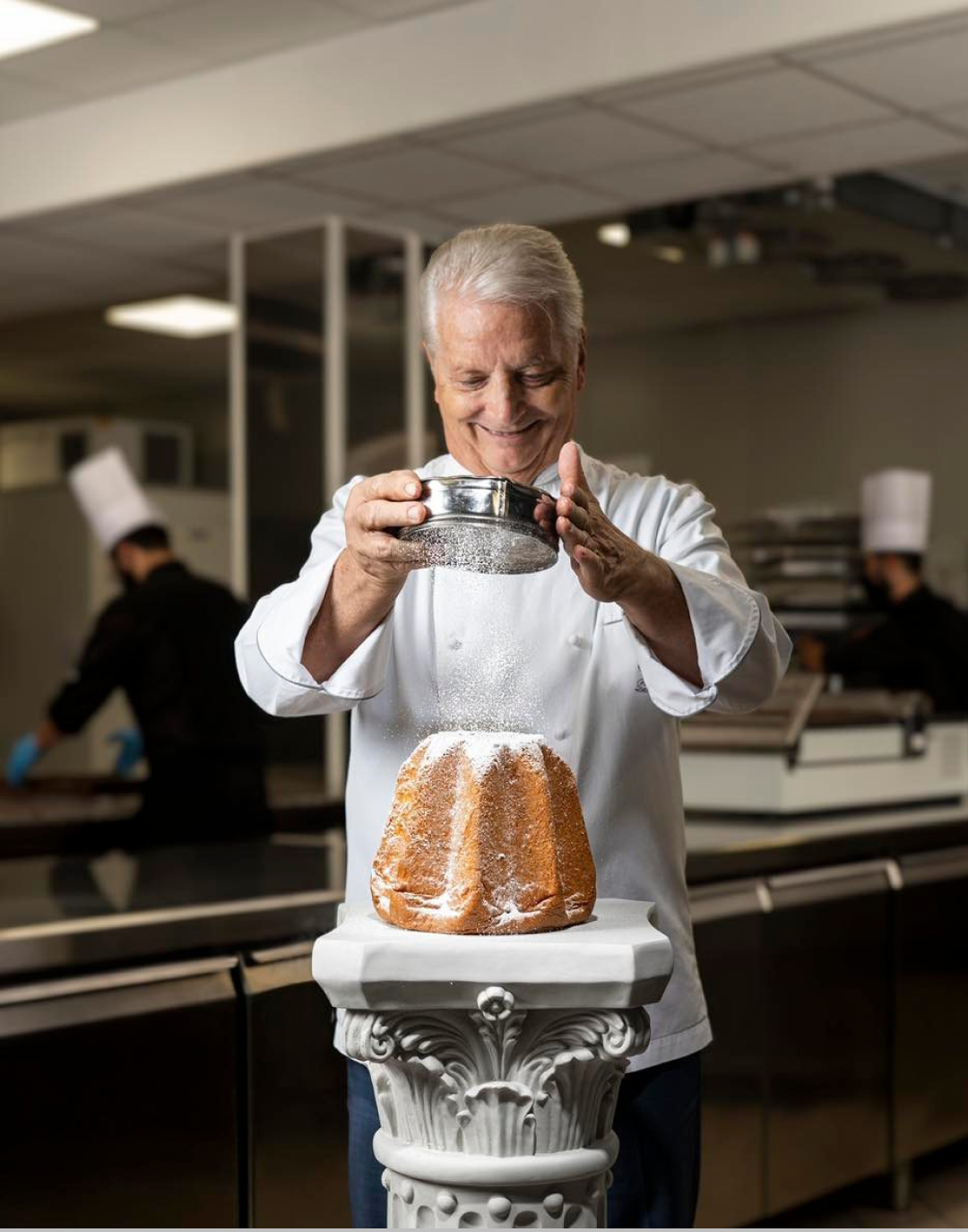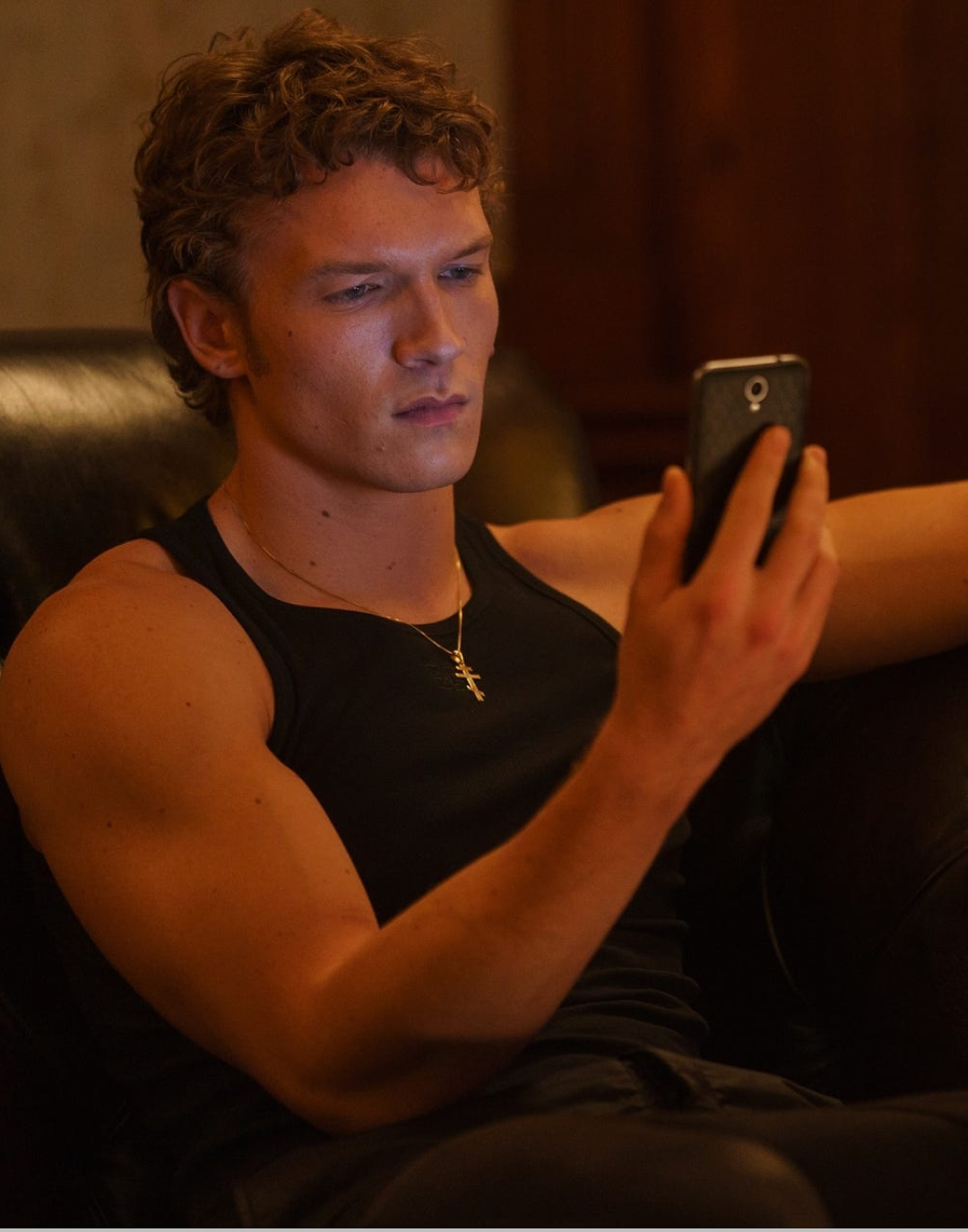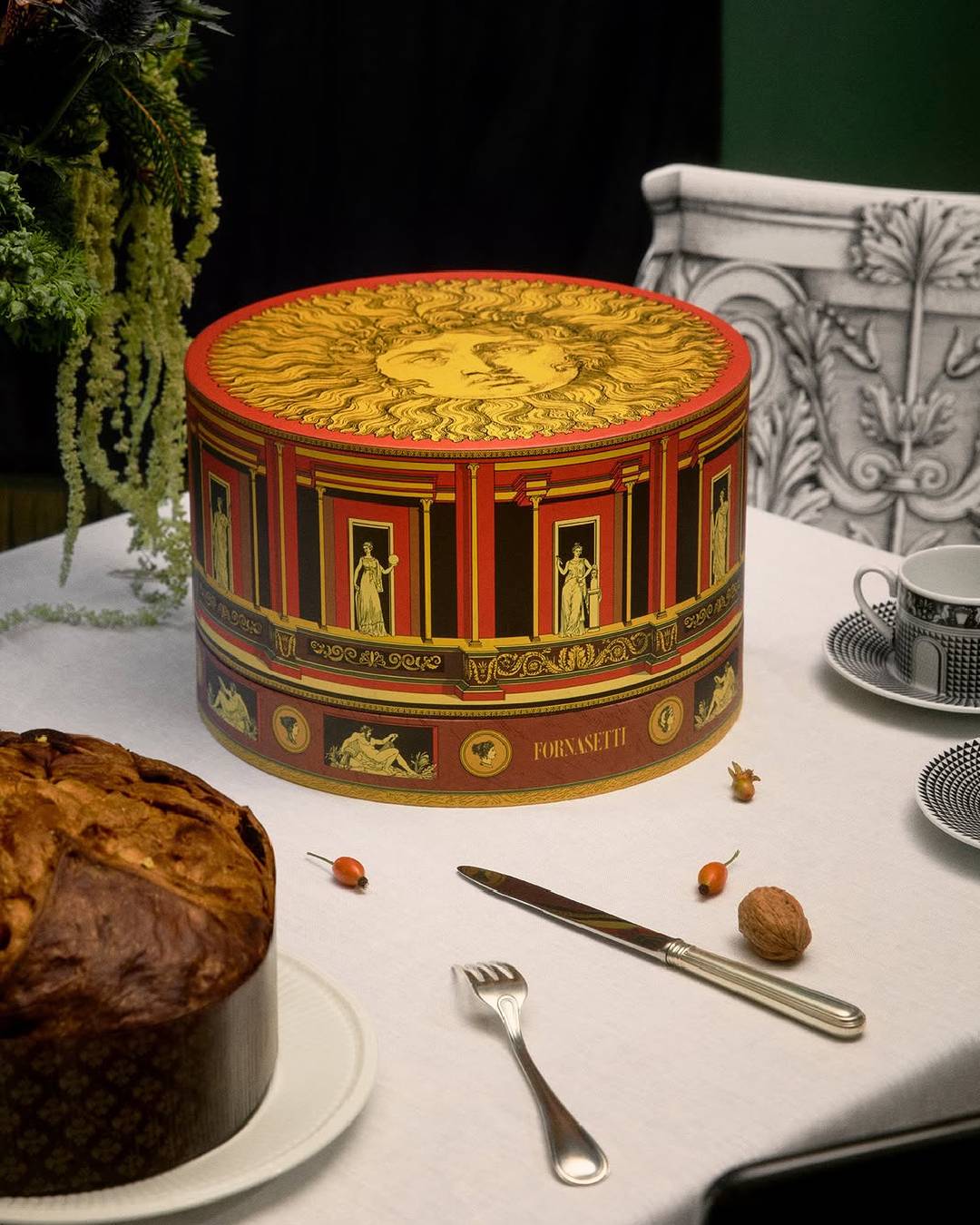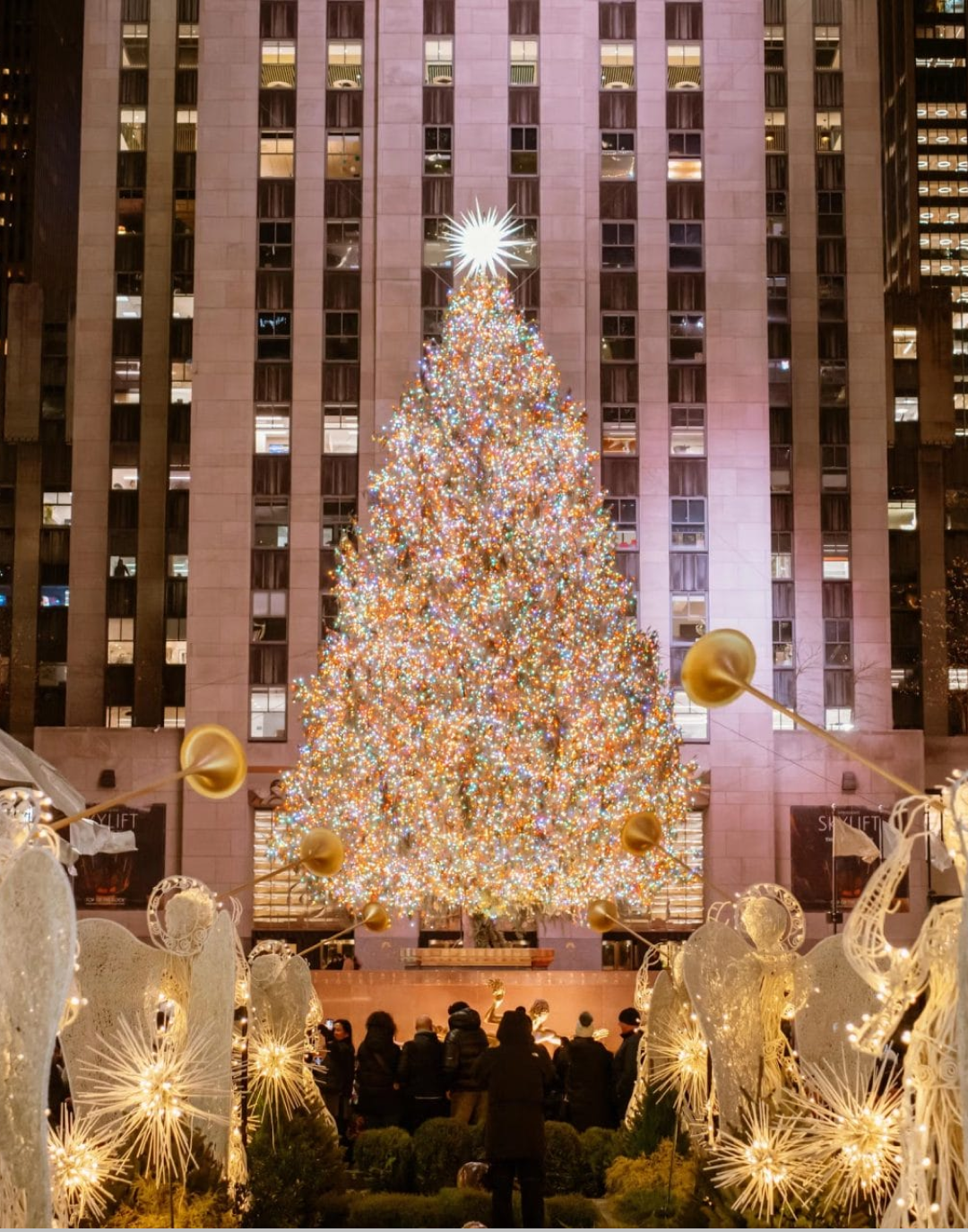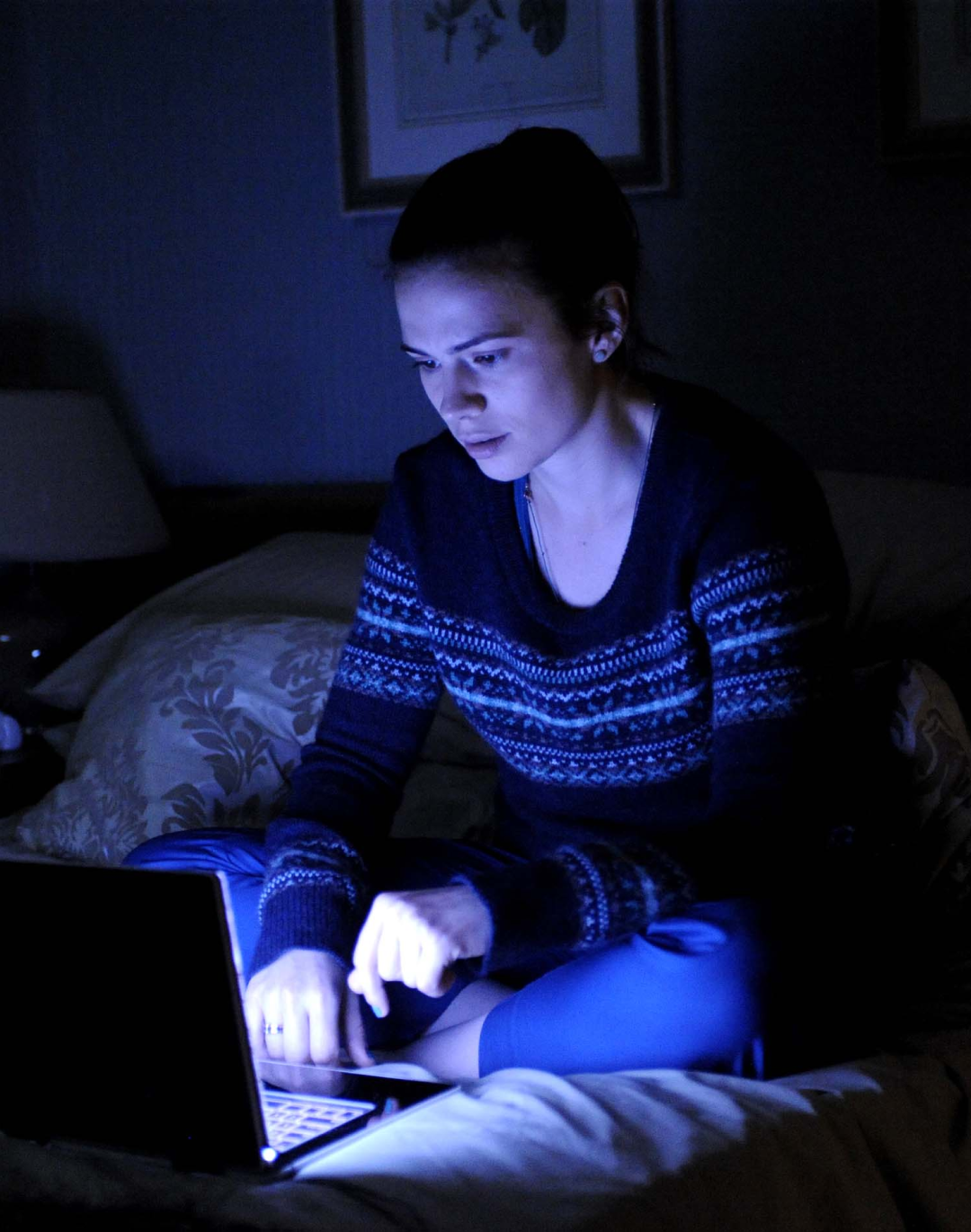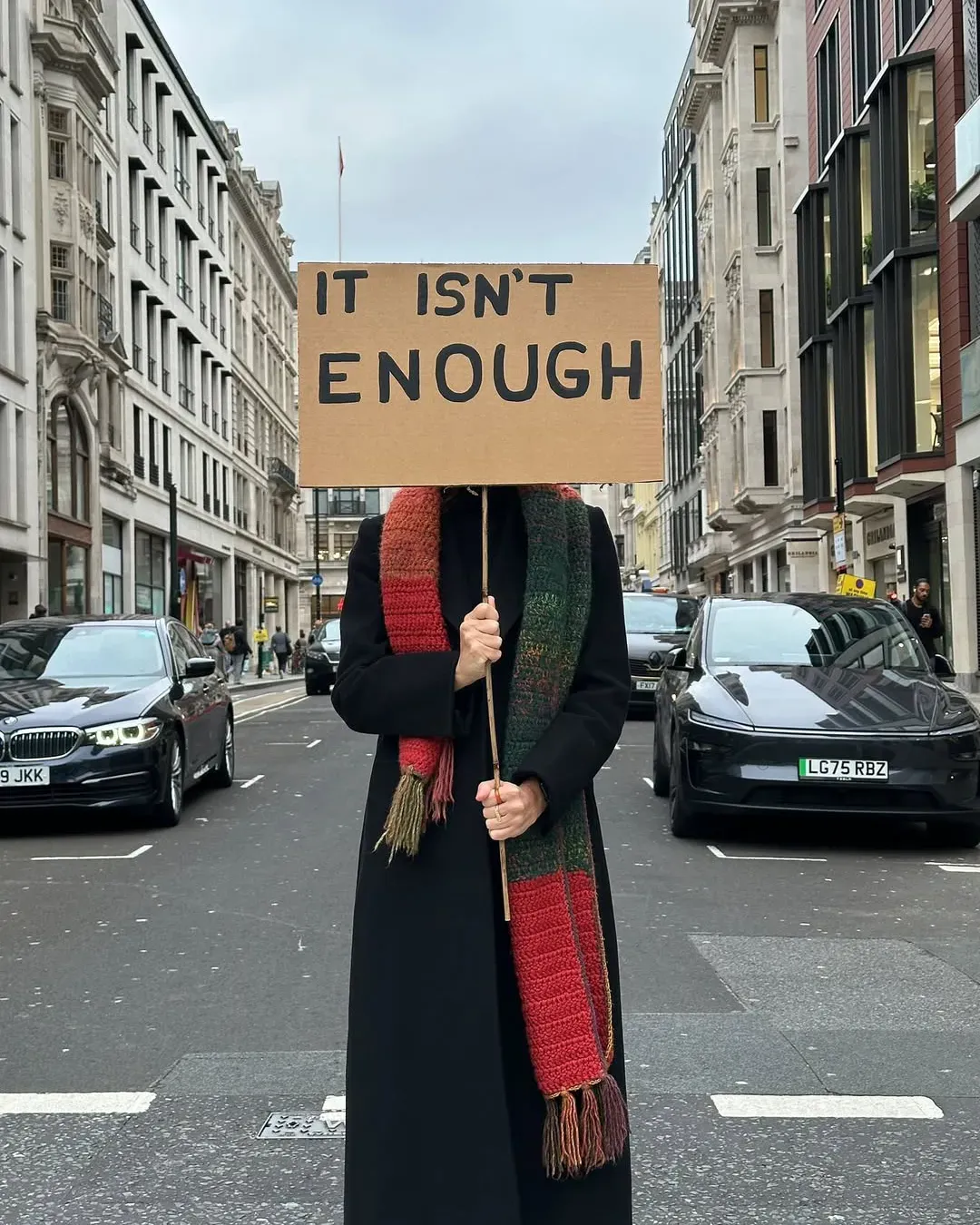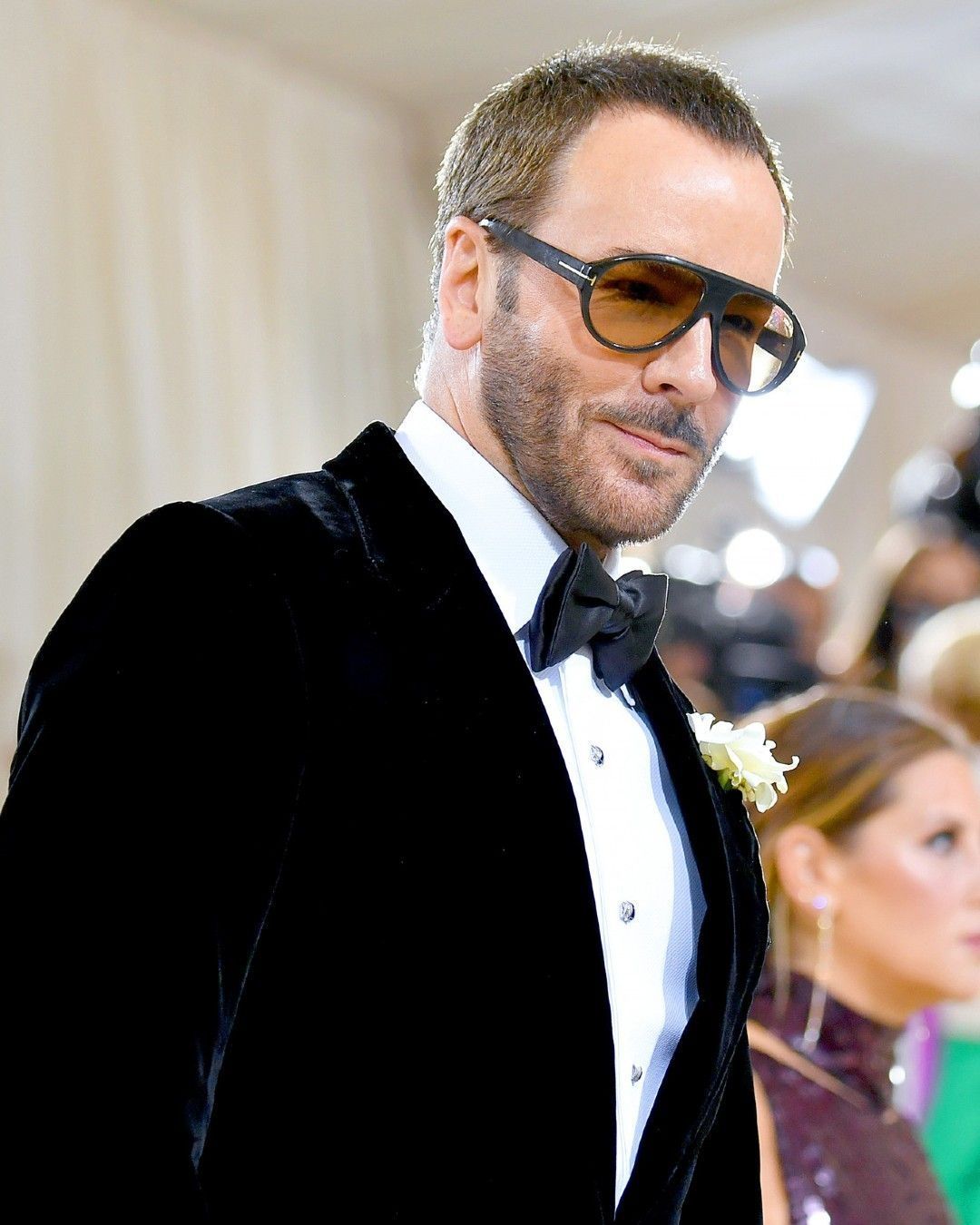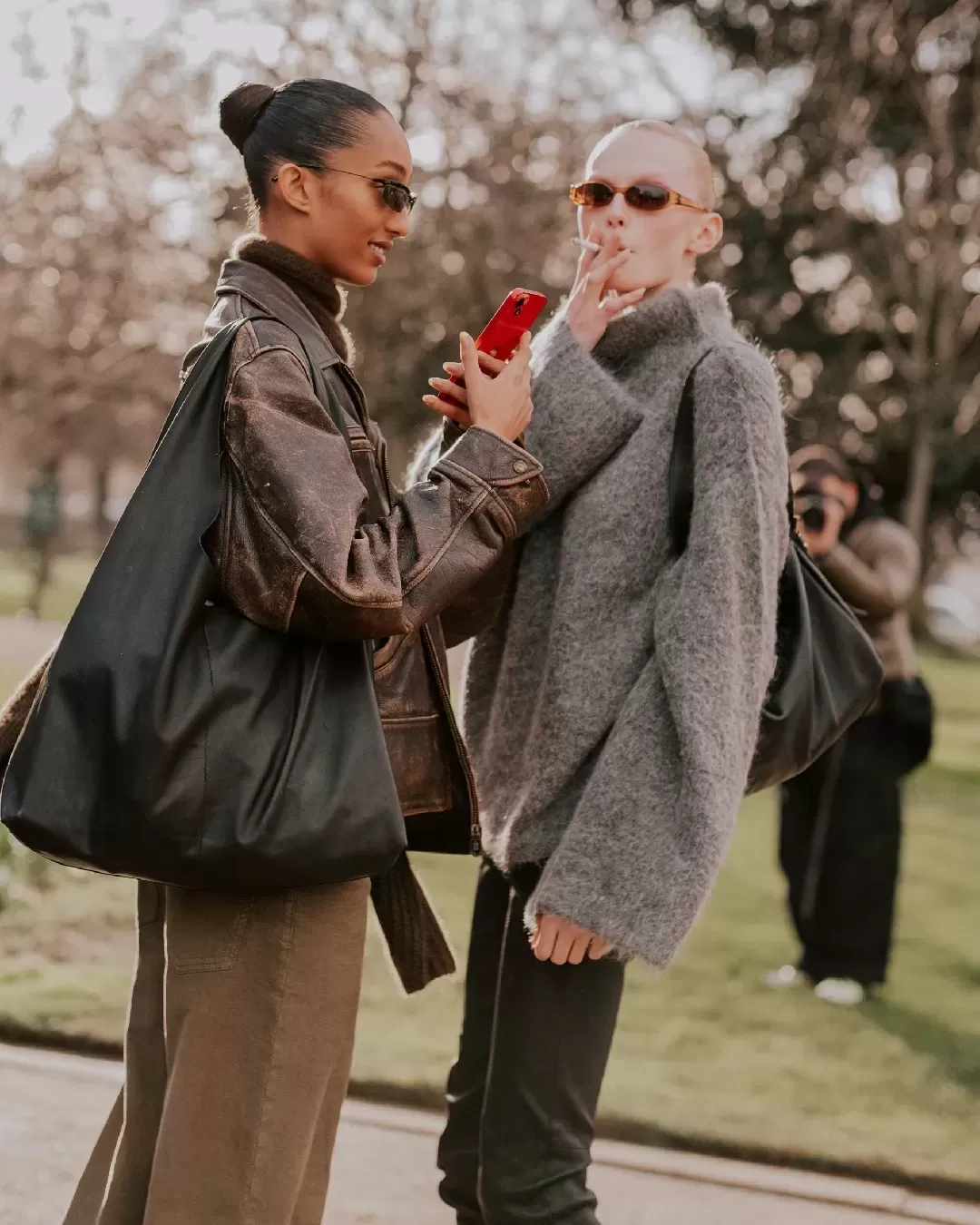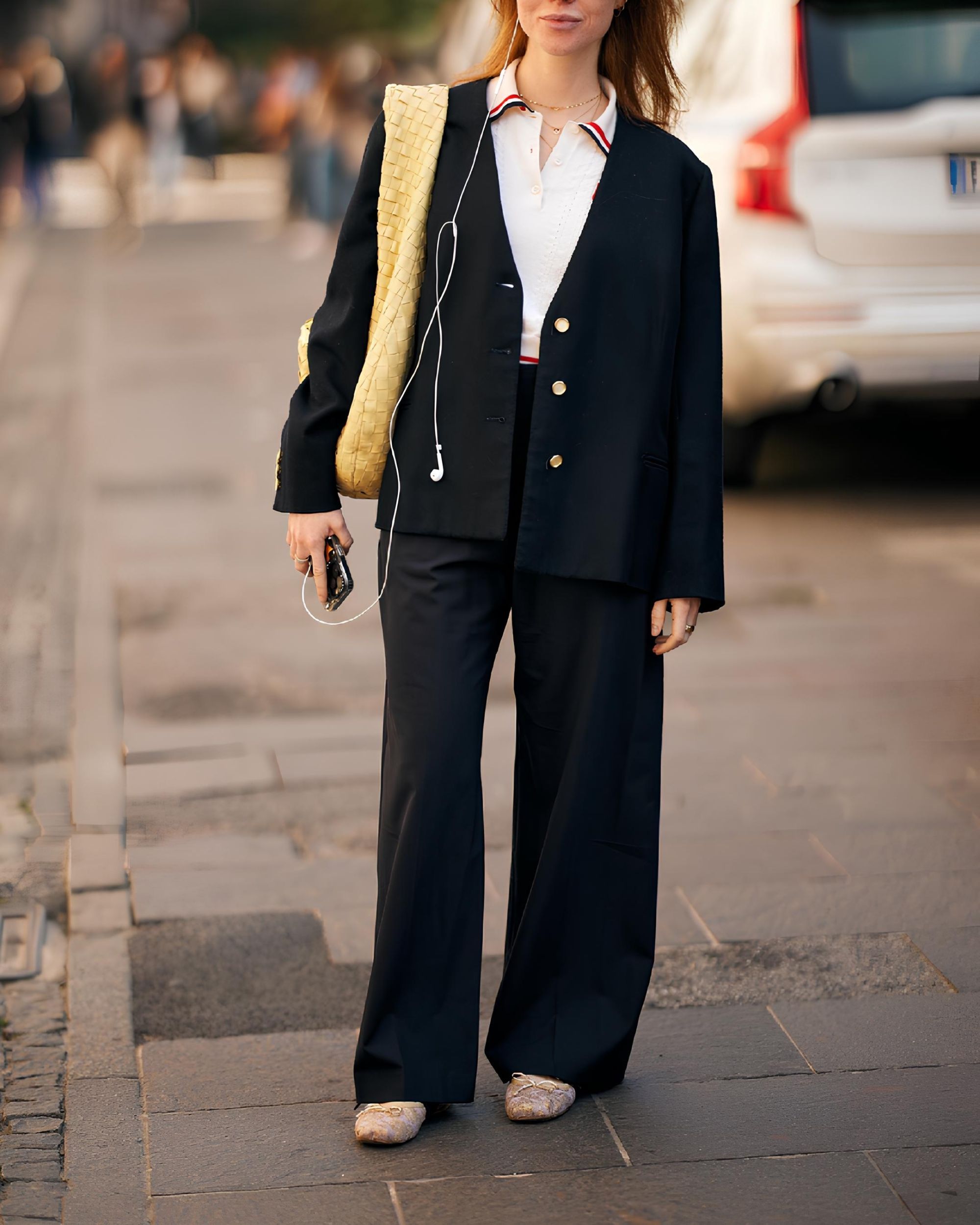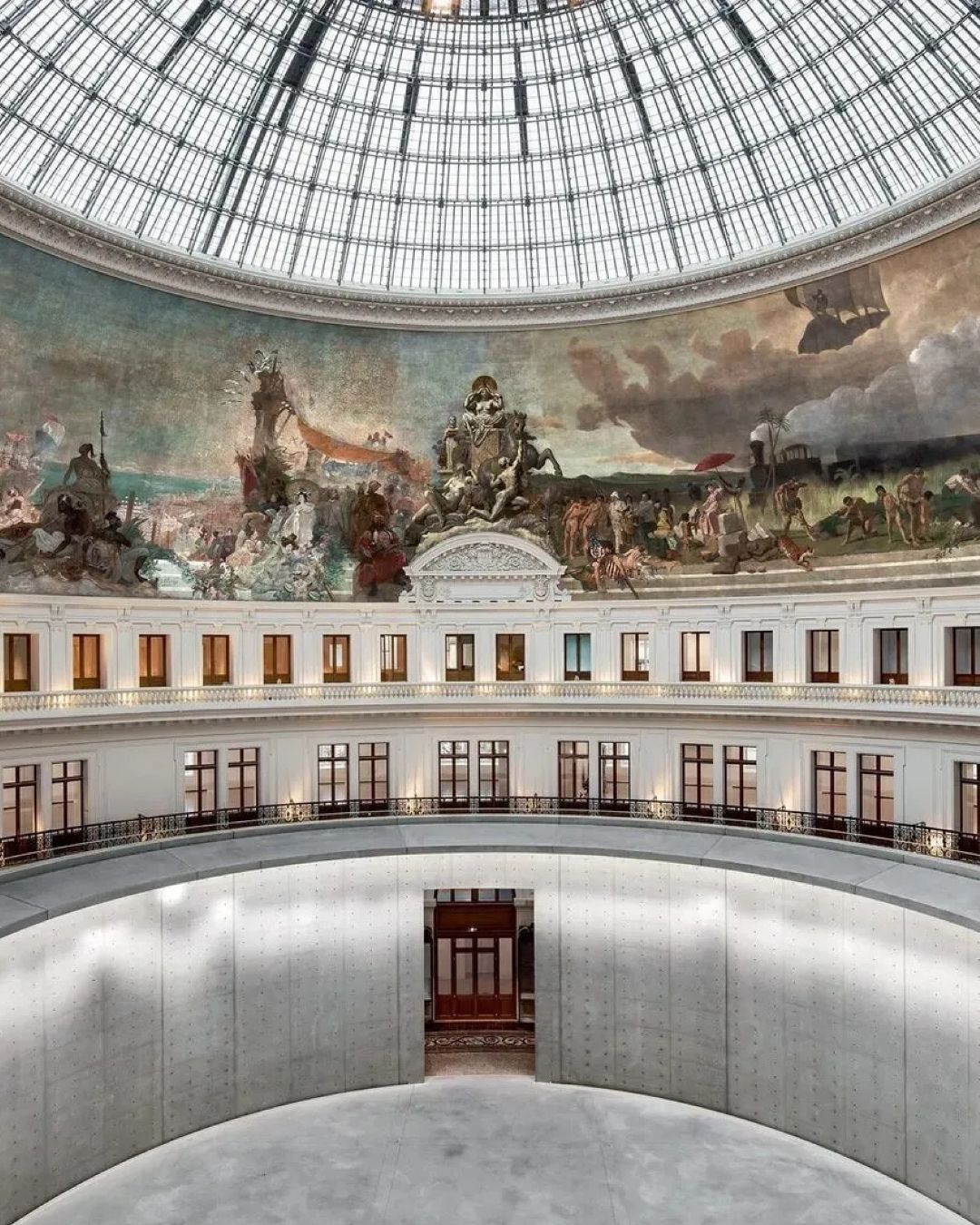
Could a visit to a museum be the solution to all our ills? The therapeutic power of art tested by reality
“I’m speechless,” shares architect Denise, a recent visitor to Palazzo Grassi in Venice. She said it will take her a few days to process how she really feels about the exhibition. But in all, it’s positive. But in all, it’s positive. She was viewing La vie étrange des choses, the new exhibition by Franco-Italian artist Tatiana Trouvé. Another visitor, Shushan, a researcher from Berlin, reflects: “The curation was brilliant, bringing together the artist's inner and outer worlds through memories, dreams, and projections. It was a very inspiring, moving experience.” Visiting art exhibitions can become a form of self-care ritual where galleries and museums become places of reflection, and the art itself a therapeutic tool for healing. But what exactly creates this unique experience—is it the art, the color, the curation, the viewer, or the artist? Is there a way in which we can engage with art in deeper, more international ways?
“The key lies in intentionality, both from the artist and the viewer,” says Feryel Atek, a visual artist and art therapist. Now based in Marseille, after spending 10 years in Berlin she shares how the experience of visiting an art exhibition can summon many layers—sensory, emotional, cognitive—which often places the viewer in a contemplative or even altered state. “There isn’t one universal formula,” she says, adding, “Some people will connect to color, others to texture, others to story or symbolism. But what truly allows art to resonate is authenticity: a kind of emotional truth that transcends medium.” In La vie étrange des choses, Tatiana Trouvé’s recent exhibition, this truth comes through sculptures and paintings carrying personal and collective experiences. Some works reflect the street riots near her studio in Montreuil during the summer of 2023. Others respond to the global trauma of the 2020 pandemic, painted during the weeks of isolation. Throughout the exhibition, objects and images shift between two and three universes, appearing and reappearing in varied forms and contexts. In doing so, they guide the viewer through storytelling that is both visually and emotionally stimulating.
According to Atek, some artists intentionally shape their work to create spaces of introspection. Miriam Cahn is one such artist. Her raw figures and emotionally charged compositions evoke both personal and collective experiences—violence, vulnerability, gender, war, displacement, and the body. Rather than offering clear narratives, her paintings and drawings confront us with intensity, creating an internal dialogue. A haunting narrative is always present in her work, letting people somehow sit with that discomfort, allowing for real reflection. In a recent press interview in Paris, artist Arthur Jafa similarly spoke of creating work that helps people better understand themselves and their relationship to society. “I’d like to make things that resonate,” he shared. “And I’m definitely more interested in questions than answers.” His video work AGHDRA (2021) plays like a meditation through a repetition of images and sonic sequences revealing an ocean of unidentifiable matter (plastic, asphalt, magma) occasionally pierced by a star on the horizon. Many viewers have left surprisingly uplifted and positively inspired despite the video installation bearing a powerfully heavy tone. Both Cahn’s and Jafa’s works are currently on view in the exhibition Corps et âmes at the Bourse de Commerce, which brings together over forty artists to explore the presence of the body and soul in contemporary art.
Color has a particularly strong effect on the mind. As Atek notes, “The eye is directly connected to the brain. Colors can influence emotional states and energy levels almost instantly. They can uplift, soothe, or provoke thought depending on how they’re used.” American modernist painter Georgia O’Keeffe, for example, understood its psychological power, carefully selecting her palettes and even using color cards to guide her choices. Her landscape and abstract works are often described as calming, evoking a sense of stillness and contemplative mood. Similarly, Agnes Martin, whose practice was influenced by Asian philosophies, created paintings that function as visual therapies. Her work Night Sea (1963), with its delicate shade of blue, channels the serenity of the ocean. Martin actually lived with paranoid schizophrenia, and art became a way for her to drown out the voices. Her experience led her to believe in art’s therapeutic potential, using painting and colors as a way to transform anxiety and stress into balance.
Atek shares a similar story that has happened at 3 bis F, a contemporary space based in a huge psychiatric hospital in Aix: “The founder of the French association 'Les Entendeurs de Voix', a man who has lived with auditory hallucinations, shared his personal story at a conference on art and care in the 3 bis F. He explained that one particular installation—filled with loud, overlapping sounds—had a profound impact on him. The work created an environment that mirrored his own experience of hearing voices. For him, it was a turning point. Instead of feeling pressured to suppress these voices, as society often encourages, the installation helped him embrace the reality of what he was experiencing. It allowed him to reflect on the origin of his voices—voices that stemmed from trauma—and, in doing so, transform what had once been seen as a disability into something he could understand and engage with. Even though he wasn’t participating in a workshop, just being immersed in the installation allowed him to shift his perspective, breaking free from the stigma and opening a path toward healing.”
Of course, art alone cannot replace formal therapy. But it does have a unique ability to enrich our inner world, whether that’s through resonance, or just by inspiring hope and happiness. So, how might someone approach art-viewing more intentionally for it to become an act of self-care? Atek offers insight: “Culture should never be seen as just an accessory or something superficial to admire. It is deeply personal—something to feel rather than merely observe. The beauty of art lies in its capacity to move us, challenge us, and invite us into new experiences. We need to step away from ideas of performance or simulation and simply engage with what is before us, with sincerity and authenticity. This, to me, is the essence of a true cultural experience.” She continues, “Self-care is about being truly aware of yourself, without alienation. Ultimately, art becomes therapeutic when it creates a space outside ourselves—but still connected to our inner lives. It stimulates the senses, memory, and imagination—and when it’s generous, it offers both comfort and challenge. That’s what allows transformation.” Entering an exhibition offers a chance to pause, to have a quiet moment to reconnect with one’s feelings. If you ask us, that’s one occasion we should embrace whenever we can.


